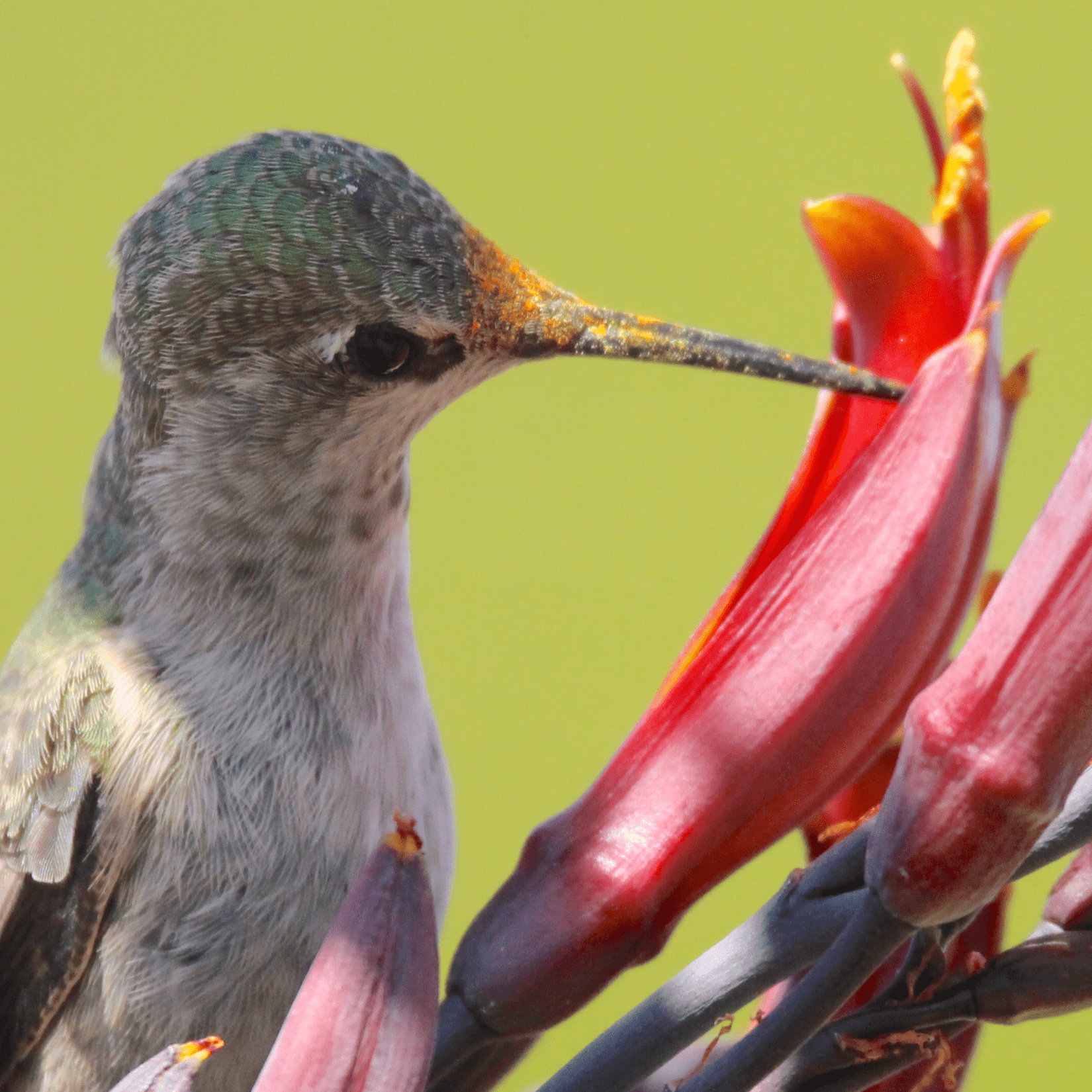Looking for a way to celebrate Earth Day? Why not plant bee-friendly plants and flowers in your backyard and flower boxes? Your garden will flourish, and you’ll be helping to combat a growing global concern – diminishing bee colonies.
Bees are responsible for pollinating 30 per cent of the world’s crops and 90 per cent of our wildflowers, bringing everything from broccoli to blueberries to almonds to our tables. Did you know, unlike European honeybees, many native bee species in B.C. are solitary and can nest in the ground? By learning about what native bee species may be in your area, you can plant native plants and flowers that meet their foraging and nesting needs.
You can encourage native bees to visit your garden by planting species that are native and adapted to the climate you live in. Some great options to consider are yarrow, fireweed, salal and salmonberry. Home chefs rejoice — bees also love various herbs like basil, oregano and thyme.

Flowers that draw bees include honeysuckle, sunflowers and black-eyed Susans. Even the less industrious gardener can help make a difference by leaving dandelions, milkweed and goldenrod for bees to feed.
And here’s an added tip – bees have excellent colour vision. So planting a vivid array of native and heirloom plants and flowers is the perfect way to brighten your outdoor space and attract these busy pollinators.

Along with helping bees, planting native wildflowers and other plants are just one of many ways you can make a bird-friendly backyard. Hummingbirds are also important pollinators too! When they dip their long bills and tongues into flowers to drink nectar, they also pick up pieces of pollen. Hummingbirds are naturally drawn to brightly coloured flowers, especially red ones.
WildSense newsletter
Want to receive more ideas for supporting and coexisting with wildlife? Subscribe to WildSense, our bi-monthly wildlife newsletter.
